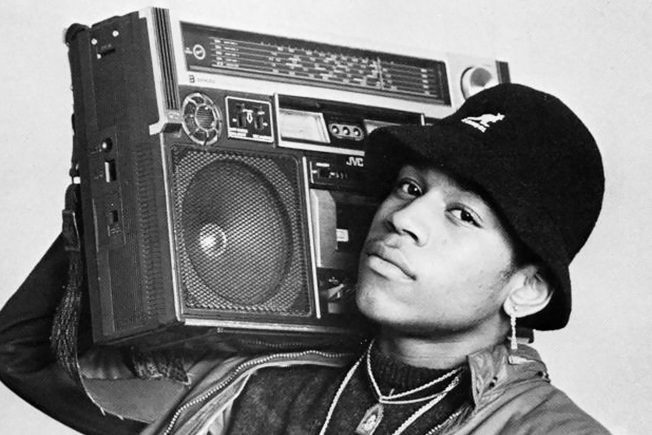Icon Instructor Paul Laski introduces a technique called microsampling and demonstrates how to create an instrument in Ableton Live using micro-samples.
Microsampling Music
Sampling is a technique widely used for creating music and is also an integral part of electronic music production. Sampling music is basically the act of reusing a portion of another sound recording in a new piece of music.
Microsampling is the next evolution in the art of sampling music. This modern method of sampling captures even smaller bits of audio from another sound recording. Micro-samples are essentially unrecognizable and more flexible to work with than longer samples. For this reason, music producers can rework the sampled audio in their music without breaking any copyright laws. Microsampling is also great for building playable instruments. Music producers often take granular sections of audio and load them into a performance style sampler to create unique sounding instruments.
Microsampling in Ableton Live
Icon Instructor Paul Laski aka P-Lask takes you into Ableton Live in this video and demonstrates how to create a Drum Rack Instrument using vocal micro-samples.
Using Live’s Simpler Instrument, P-Lask takes you through the steps of chopping up samples and setting different sample start points. He also explains the importance of finding a samples “zero crossing” while introducing Simpler’s “Snap” feature. In addition, P-Lask shows you how to populate Live’s Drum Rack pads with several instances of Simpler each loaded with different samples to build a playable instrument.
Lastly, P-Lask hits record and auditions the new micro-samples over a drum beat to capture several variations.

Turn your passion for music into a Profession: Learn more about our Music School Programs!
MORE ARTICLES FROM THE ICON BLOG

FIND YOUR SOUND, HONE YOUR CRAFT:
Are you ready to turn music into a career? ICON prepares students to become music producers, composers, performers, recording artists, professional DJs, and entrepreneurs in the entertainment industry. Click below to get information about our award-winning programs:

